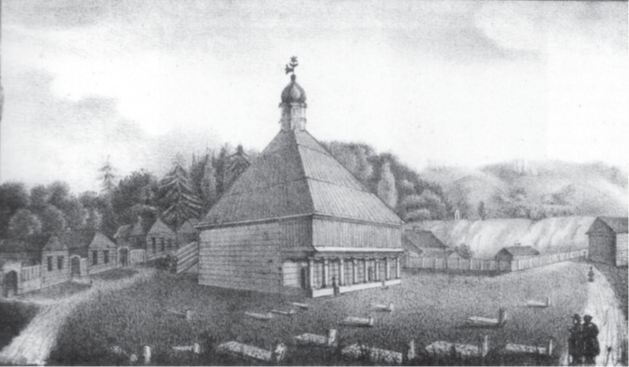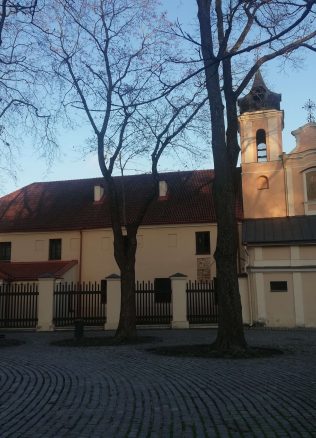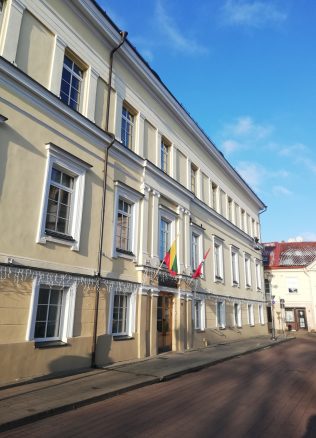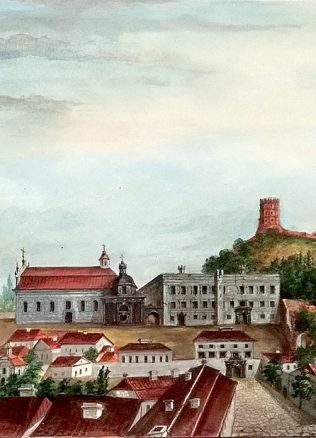Tatar Mosque and Cemetary
Few contemporary Vilnans have heard about the Mosque Street [Mečetės gatvė] and perhaps even less are aware of the origin of its name. Up to the late 1960s, the area around present-day institutes of physics and chemistry bore at least two tangible signs of its Muslim past, a mosque and a Tatar cemetery.
According to legend, Tatars played a role in naming today’s Lukiškės district. Sometime at the turn of the 15th century, Grand Duke Vytautas the Great took several dozen Tatars on his way back from a military raid in Crimea and supplied them with the land in Vilnius. The size of the area was determined by the flight of two arrows shot from Tatar bows – łuk in Polish. However, Lithuanian Metrica gives a different form and calls it Luka – на Луце in Ruthenian – that could either bear the meaning of a bow or a curve.
Apart from the legends, historians still have no clear answer as to when exactly did the Tatars settle in Lukiškės, then a huge area of Vilnius well outside the city proper. Some theories suggest that they arrived in the late 14th century, others place it at the beginning of the 16th century, as the Mosque was first mentioned in 1558. The former is deemed a little too optimistic, while the latter is overcautious.
They withstood numerous historical calamities, including the so-called Deluge in the mid-17th century, the rebellion of the late 18th century, and the plunder of Napoleon’s retreating army in the winter of 1812. Even after two world wars of the 20th century the mosque and the cemetery remained largely intact. Only under Soviet rule, the cemetery was barbarically desecrated and the wooden mosque demolished in 1968.
Learn more about Tatars in Lukiškės district by clicking this link.
Address: Goštauto str. 11




